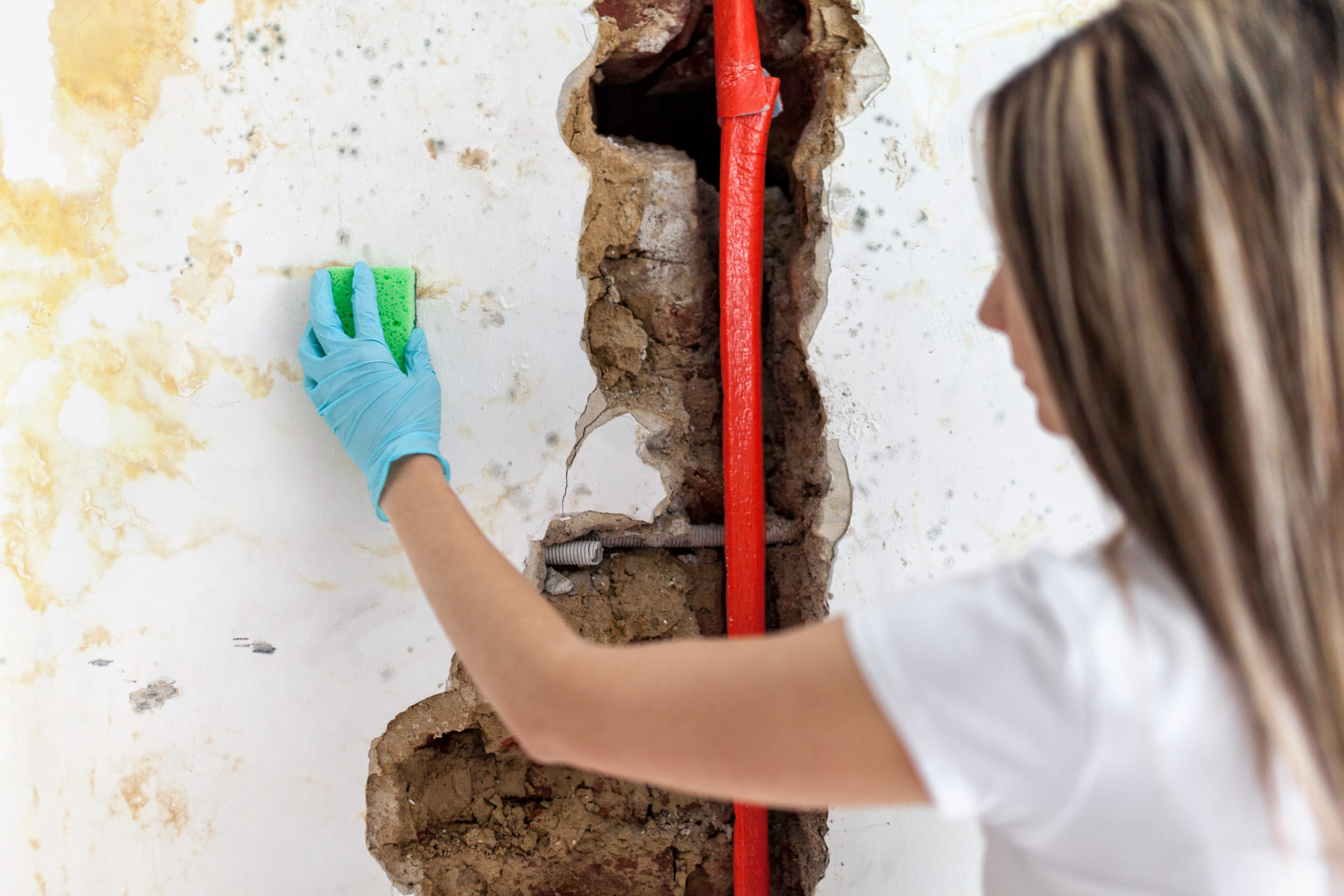When you sell your home, it can be tempting to gloss over that leaky plumbing your cousin “fixed.” But this isn’t Craigslist. And California Case Law declares that it’s a home seller’s legal obligation to disclose to the buyer any known material facts impacting a property’s value or desirability. A transfer disclosure statement (TDS) allows a seller to take care of these details neatly and efficiently. But are you using this form correctly?
There’s (Almost) No Getting Around the Transfer Disclosure Statement
In a traditional sale, the California Association of Realtors (C.A.R.) requires a seller to deliver a transfer disclosure statement within seven days of acceptance. It’s possible to negotiate a longer or shorter timeframe, but only if officially arranged.
What if a seller forgets to issue a transfer disclosure statement in a traditional sale? It could cost them… big. That’s because the buyer reserves the right to cancel the purchase contract in such a scenario. But no matter what you negotiate, a buyer cannot legally waive a TDS on a residential property. And this is a detail that any seller should note. Because the seller remains the liable party for any damages resulting from such a violation.
So, what about when you try to invoke the statement “sold as is”? The term “as is” strictly refers to a property’s condition. It does not account for the disclosure of all known material facts. No matter how you try to look at it, this form is unavoidable in a traditional sale.
A Seller’s Responsibility
Since the transfer disclosure statement is a seller’s responsibility, the realtor should never fill it out. In fact, this rule applies for any disclosures. Realtors can do their own visual inspections and disclose their findings. But this would be a different document than the TDS.
So what if an agent catches an error on a seller’s TDS? In this case, the agent can request a correction from the seller that they would then initial. But agents should refrain from making any corrections themselves.
The Pitfalls of Substituted Disclosure
When you look at an actual transfer disclosure statement form, you’ll see an area dedicated to what’s called a “substituted disclosure.” A substituted disclosure is easily one of the most misunderstood portions of this form.
Let’s look at an example of how not to use this section. Say a seller decides that they don’t want to fill out a TDS. Why? Because they already filled out a natural hazard disclosure and feel like that’s sufficient. So, they’re going to attach the natural hazard disclosure and consider it a substituted disclosure. Sounds good, right?
Wrong. A transfer disclosure statement poses questions you won’t find on a natural hazard disclosure. It’s not a one-to-one comparison. Therefore, a natural hazard disclosure is insufficient as a substituted disclosure.
Can you provide a natural hazard disclosure in addition to a transfer disclosure statement? You bet. But it’s not a suitable replacement. This goes the same for any prior inspection reports. So, in almost every circumstance, you’ll check off “No Substituted Disclosure” in this section.
What Else Needs to Be Included in Your Transfer Disclosure Statement?
Other information covered by the transfer disclosure statement includes:
- Whether the seller is occupying the property
- Items included with the property (such as dishwasher, hot tub , septic tank, etc.)
- Whether these items are in operating condition
- Whether these items have any significant defects/malfunctions*
*If the seller checks off any of these items, they must also provide a detailed explanation of the item’s defect.
Section C of the TDS consists of 16 “yes” or “no” questions that the seller must complete. In the event that the seller answers “yes” for any of these questions, they must also provide a written explanation. Section D follows which focuses on smoke detector and water heater compliance. It serves as a substitute for the Water Heater and Smoke Detector Statement of Compliance (WHSD).
Using an Agent Visual Inspection Disclosure
The third page of the transfer disclosure statement is devoted to the agent’s visual disclosure. JohnHart requires all of our agents to complete an Agent Visual Inspection Disclosure (AVID) as part of a TDS. If an agent uses the first section of the form to indicate that an AVID is attached, they must physically attach the AVID. This will ensure the transfer disclosure statement properly incorporates the AVID.
The transfer disclosure statement is considered incomplete without an agent’s full visual disclosure. Failure to do so in a timely manner can trigger a late rescission right for the buyer. Therefore, all three sections of the visual inspection must be thoroughly completed as soon as practicable.
Completing the Transfer Disclosure Statement
Section IV of the form should only be completed by the buyer’s agent. This just leaves Section V. It’s simply a paragraph that states:
“Buyer(s) and seller(s) may wish to obtain professional advice and/or inspections of the property and to provide for appropriate provisions in a contract between buyer and seller(s) with respect to any advice/inspections/defects.
“/We acknowledge receipt of a copy of this statement.”
Note that in this case, “this statement” refers strictly to the text of Section V.
To complete the transfer disclosure statement, the buyer, seller, buyer’s agent, and listing agent must sign the document. Without all of these signatures, the document is incomplete.
Remember that even a minor mistake on a TDS can lead to major problems. Take the time to follow the process carefully and thoroughly. All parties benefit from a smooth transaction with no surprises!
Jenny Manukyan is the Transaction Manager here at JohnHart Real Estate, as well as an agent herself. Being the supervisor and "linchpin" in our short sale operations, has endowed Jenny with invaluable knowledge; and here on the JohnHart Gazette she hopes to share that with you all!





Hi Jenny,
I’m a realtor that has been looking for corroboration as to section V of the TDS and how it is to be signed. I tend to AGREE with YOUR interpretation that “this statement” refers strictly to the text of Section V.
However, I sent an email to C.A.R. Legal asking for confirmation and I got a call from an attorney who said that “this statement” referred to the entire document i.e. the Transfer Disclosures Statement itself. Would you happen to have any legal back-up for your interpretation? If so, I’d be very grateful to have a separate legal opinion “in writing. ” As I’m still having a hard time with that verbal confirmation I just got today from CAR Attorney. Thank you, Shirley